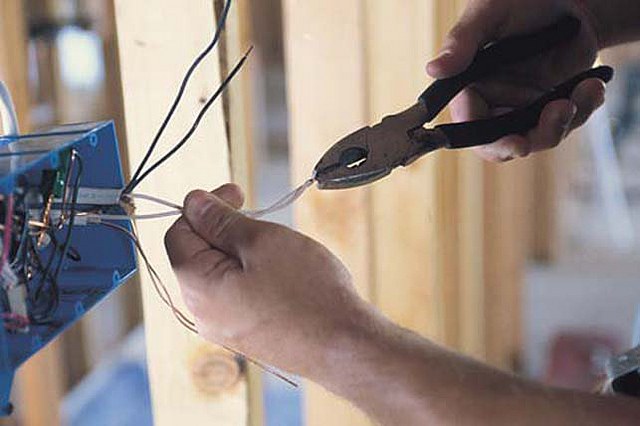You will need
- - Vernier caliper or micrometer;
Instruction
1
To calculate the wire size, i.e. its area, enough basic knowledge from the school course of mathematics. As is known, the area of a circle is equal to the square of its radius multiplied by PI (3,14). For example, if the wire diameter is 1 mm, the radius will be respectively equal to 0.5 mm. to find the section, it is necessary 0,5 to square and multiply by 3.14. Total 0,5 × 0,5 × 3,14 = 0,785.
2
In practice, the important point is the correct measurement of wire diameter. For measurement, use a caliper or micrometer. The micrometer allows you to get a more accurate reading. The thinner the wire, the more error creeps into the calculations.
3
To determine the diameter of a thin wire, use the following method: tightly, turn to turn, wrap a pencil or other suitable mandrel about fifty turns of wire. Then measure the overall width of fifty turns, and divide the resulting value by 50. The more turns, the more accurate the result. This way you can determine the diameter, even very fine wires.
4
To avoid wasting time on calculations, you can use the table of the most common cross sections of connecting wires, it is given at the end of the article. When selecting wire for the wiring be sure to consider the maximum current that will consume electrical equipment.
5
To calculate the current in the network use the formula I = P/U where P is power, U – voltage. For example, if the total load may be 10 kW (10,000 watts), the wiring must be rated for the amperage: 10000/220 = 46 And (round the resulting number in a big way). Next on the table, select copper or aluminum wire, the cross section which can withstand the current.
6
Given that all electrical equipment in the apartment is never included simultaneously, the estimated load can be multiplied by a factor of 0.7. That is вместо10 use kW in calculations 10 × 0,7 = 7 kW. Then the wiring must be rated for the amperage 7000/220 = 32 A.
